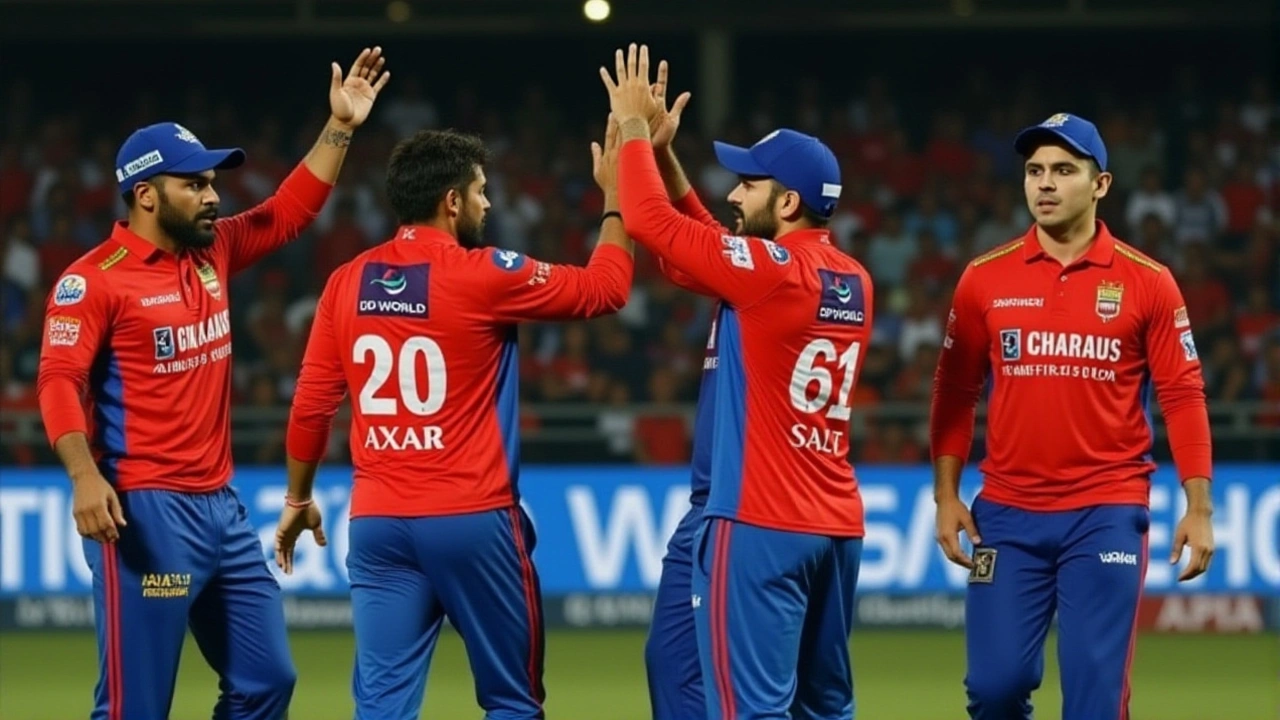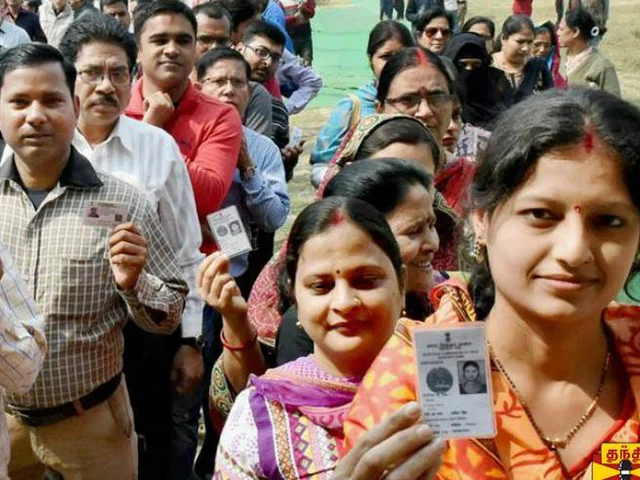When South Africa Women chased down 252 with seven balls to spare on Thursday, October 9, 2025, at the Dr. Y.S. Rajasekhara Reddy ACA-VDCA Cricket Stadium in Visakhapatnam, it wasn’t just a win—it was a statement. The ICC Women's Cricket World Cup 2025Visakhapatnam had barely gotten going, but this match already felt like a turning point. Rain delayed the start by an hour, but what followed was anything but slow: a collapse, a recovery, and a chase that left India stunned. This was the first loss for India Women in the tournament—and it came in dramatic, heart-stopping fashion.
A Collapse That Shocked the Home Crowd
India Women were sent in to bat after winning the toss, and within 15 overs, they were reeling at 102/6. The early wickets fell like dominoes: Smriti Mandhana, the star opener, fell for 23—but not before etching her name into the record books. Her sixth off Ayabonga Khaka took her calendar-year tally past 970, breaking Belinda Clark’s 1997 record. The crowd roared, but the celebration was short-lived. Captain Harmanpreet Kaur looked out of sorts, scoring just 9 off 24 balls before being caught by Brits off Chloe Tryon. Jemimah Rodrigues fell cheaply too. The innings looked dead.The Ghosh-Rana Rescue
Then came the lifeline. Richa Ghosh and Sneh Rana stepped up. Ghosh, calm under pressure, smashed 94 off 77 balls—11 fours and 4 sixes. Rana, her partner, accelerated brilliantly with 33 off just 24. Their 88-run stand didn’t just save the innings; it turned it into something dangerous. By the end, India posted 252/8, a total that felt defendable… until South Africa’s batswomen got to work.Nadine de Klerk’s Masterclass
The South Africa Women reply began poorly. They lost 3 wickets for 47 runs, and suddenly, the same doubts that plagued India began creeping in. But then came Nadine de Klerk. With the pressure mounting, she played the innings of her life: 84 off 102 balls, blending aggression with astonishing patience. She didn’t just hit boundaries—she controlled the tempo. Her partnership with captain Laura Wolvaardt (70) was the spine of the chase. And when Chloe Tryon smashed 49 from 37 balls, the momentum swung decisively. With 22 needed off the final 10 overs, the crowd held its breath. De Klerk, unflinching, guided them home with a single off the penultimate ball.Numbers That Tell the Real Story
The stats are stark. Before this match, South Africa Women had scored 929 runs in the tournament at an average of 51.61. India Women? Just 196 runs total, averaging 32.66. That’s not a gap—it’s a chasm. ESPN Africa pointed out a worrying pattern: both teams struggle against left-arm spin, but India’s lineup seems more vulnerable. Fielding lapses, slow starts, and middle-order fragility are now open wounds. South Africa, meanwhile, are building a reputation for clutch performances.What This Means for the Tournament
This result reshapes the group standings. South Africa leapfrogged into the top tier of contenders. India, once favorites, now face a crisis of confidence. Their next match—still unannounced—could be make-or-break. The Board of Control for Cricket in India will likely review batting order, spin-bowling strategy, and fielding drills. Meanwhile, the International Cricket Council in Dubai will watch closely: this match proved that even the most dominant teams can fall—and that the World Cup is far from predictable.Behind the Scenes: The Stadium and the Stakes
The Dr. Y.S. Rajasekhara Reddy ACA-VDCA Cricket Stadium, with its 25,000-seat capacity, was electric—until the final overs, when silence fell. The Andhra Cricket Association had hoped for a celebratory home win. Instead, they witnessed a masterclass in resilience. For South Africa, this wasn’t just about points. It was about proving they belong among the elite. For India, it was a wake-up call.Frequently Asked Questions
How did Nadine de Klerk’s innings compare to other chase performances in Women’s World Cup history?
Nadine de Klerk’s 84 not only ranks among the top 10 individual scores in successful run-chases in Women’s World Cup ODIs, but it’s the highest by a South African woman in a World Cup chase since 2017. Her strike rate of 82.35 under pressure—especially after losing 3 early wickets—places her alongside legends like Ellyse Perry and Suzie Bates in clutch performances.
Why is India’s vulnerability to left-arm spin such a big concern?
India’s top four batters—Mandhana, Rodrigues, Ghosh, and Kaur—are all right-handed, and their footwork against left-arm orthodox spin has been inconsistent. In this tournament, bowlers like Sophie Devine and Tayla Vlaeminck have exploited this, taking 12 wickets at an average of 18.3. India’s middle order lacks a natural left-hander to disrupt the rhythm, making them predictable against spin-heavy attacks.
What’s the significance of Smriti Mandhana breaking Belinda Clark’s record?
Mandhana’s 971 runs in 2025 make her the first woman to surpass Clark’s 1997 record in a single calendar year—a feat that stood for 28 years. But the irony? She scored those runs in losing causes. Her individual brilliance hasn’t translated into team wins, raising questions about whether India’s system is overly reliant on one player to carry the batting load.
How did South Africa’s batting lineup manage to stay composed under pressure?
Unlike India, South Africa’s top six are all experienced in high-stakes chases. Laura Wolvaardt and Nadine de Klerk have played over 40 ODIs together. Their calmness came from preparation: they trained specifically for chasing in subcontinental conditions, studying pitch behavior and spin patterns. This wasn’t luck—it was strategy.
What’s next for India Women after this loss?
India’s next match is expected to be against Australia or England—both teams with potent spin attacks. The BCCI may shuffle the batting order, promote a left-hander like Harleen Deol, and bring in a specialist spin-bowling coach. Fielding drills are also being intensified after three dropped catches in this match. The pressure is now on Harmanpreet Kaur to lead from the front—not just with the bat, but with tactical clarity.
Is South Africa now the favorite to win the Women’s World Cup 2025?
They’re not the favorites—that’s still Australia—but they’ve become the most dangerous team. Their batting depth, calm under pressure, and ability to chase in tough conditions make them the team to beat. If their spinners can contain India’s middle order in their next clash, South Africa could easily reach the final. This win didn’t just change standings—it changed perceptions.






Write a comment